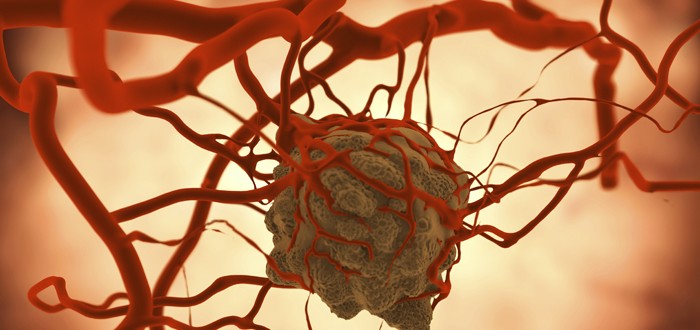Mesothelioma researchers say that there are more avenues by which your mesothelial cells can be corrupted and turned into mesothelioma than scientists previously thought possible.
A new study by some of the nation’s leading mesothelioma researchers examined the genetic structure of DNA from top to bottom and side to side in order to get a complete tally of gene mutations capable of unleashing mesothelioma.
The researchers conclude that mesothelioma can be brought on by four different genes. They are BAP1, NF2, CDKN2A and CUL1.
Previously, mesothelioma scientists thought only BAP1 was a trigger. And, of course, the finger pulling the trigger was asbestos.
But now it turns out that asbestos can pull additional triggers.
Eye-Opening Mesothelioma Study
The eye-opening study was published in the Dec. 8 online edition of the journal Cancer Research. Its authors describe it as “the first unbiased view of the genomic basis of malignant pleural mesothelioma.”
The researchers examined mesothelioma cells taken from 22 patients, each suffering from the malignant pleural form of the cancer.
This examination was different from others that have come before it because the researchers chose to look at the entirety of the DNA strand, not just a piece of it. Technically, what they did was called exome sequencing.
As they peered deep into the genetic composition of the mesothelioma cells, the researchers noticed they kept encountering mutations in BAP1, NF2, CDKN2A and CUL1.
To be precise, they tallied 517 somatic mutations spanning a combined 490 of these particular gene mutations.
Wanting to make sure they weren’t seeing these in error, they performed integrative analysis of the mutations and somatic copy number alternations.
“Malignant pleural mesothelioma is an aggressive neoplasm associated with asbestos exposure,” the researchers wrote.
“Previous studies based on candidate gene approaches have identified important common somatic mutations in malignant pleural mesothelioma,” they continued.
However, the past studies focused on small sets of genes. The shortcoming was those studies provided only “a limited view of the genetic alterations underlying this disease.”
Mesothelioma Specialists From Across U.S. Involved
Lead author of the study was Guangwu Guo, Ph.D., a research fellow at the Broad Institute of Dana-Farber Cancer Institute and Harvard Medical School.
Guo explains that the human genome consists of two main sections. The part that contains gene coding is the smaller of the two, accounting for just 2 percent of a genome’s total real estate.
The larger part regulates gene expression, which is the part that most concerns mesothelioma researchers who are trying to develop targeted molecular mesothelioma treatments for you.
Guo has long devoted himself to understanding gene-expression variants in mesothelioma genomes and how these affect mesothelioma development and progression.
Joining Guo in that knowledge quest were Michele Carbone, M.D., Ph.D., of the University of Hawaii Cancer Center and Harvey Pass, M.D., of New York University’s Langone Medical Center.
Carbone and Pass each had a hand in this newest research.

